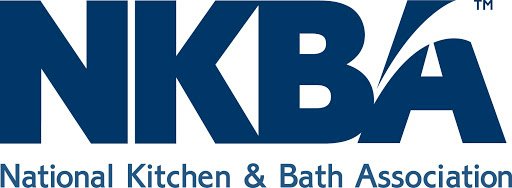
Finally, you’ve begun the remodeling project you’ve been saving for. You break ground only to find what appears to be termite damage—a homeowner’s worst nightmare.
Are the insects still present? What are the next steps to take to secure your home?
In an interview with MSN, Mike Potter, a professor and urban entomologist at the University of Kentucky and author who wrote the chapter in the definitive “Handbook on Pest Control,” explained the types of termites that infest homes.
“Broadly speaking, three groups of termites in the U.S. that damage homes: subterranean, drywood and dampwood termites. The first two are the most damaging to buildings. Subterranean termites are the most widespread, so the advice here focuses on them. (Drywood termites, which live above ground, are mostly a problem in coastal areas, especially in parts of states such as Florida, California, Louisiana and Texas.)”
Signs You Have Termites
According to the MSN article, you may find the bodies of termites who fled their colonies near windows and entry points of the home. Another sign of infestation is “pencil-thick tunnels of mud and earth across exposed areas.” To see if the tunnel is active, break it and wait to see if it is rebuilt. Hollowed wood and dirt in wood are other signs of termite damage, if you have mulch or rotting wood near your home, pick through it, termites will be visible if present.
What Attracts Termites
Wood and moisture are the two factors that attract termites. Exposed wood, cracks and holes where the home meets the the foundation, wood and debris, and openings near plumbing are all major entry points for termites.
Resolving the Problem
The severity of the problem depends on the location of the damage and the type of termites residing in your home. If you have found signs of termite damage and are unsure if the insects are still in your home, it’s best to call a professional. Many offer free termite inspections. CNN Money reports that a “typical homeowner pays $8,600 to repair and prevent future (termite) attacks.” Although it can get expensive, it isn’t advised to attempt to fix termite problems yourself.
Termite Prevention
Ohio State University’s department of Entomology expresses that three major problems that invite termites into a home are items containing cellulose, moisture and cluttered crawl spaces, luckily there are easy solutions to managing these problems yourself.
Cellulose found in wood, dead plants and paper “in contact with soil” creates an entry point via food for termites. OSU suggests keeping the wood of a home at least six inches above the earth and keeping wood, debris and mulch away from possible entry points of the home. Because termites travel through subterranean systems, it’s important to remove possible infested items like dead trees and rotting wood from your property. The University also suggests to eliminate high-level moisture areas around the home’s foundation. Divert all water from the home’s foundation by sloping soil around the home, channeling rain water, and directing sprinklers away from this area. Last, make sure the crawl space below your home is clean, uncluttered and dry.
About The Author:
Penny Juarez Penny is a freelance editor and writer who works at home with her dachshunds Lucy and Dezi.














